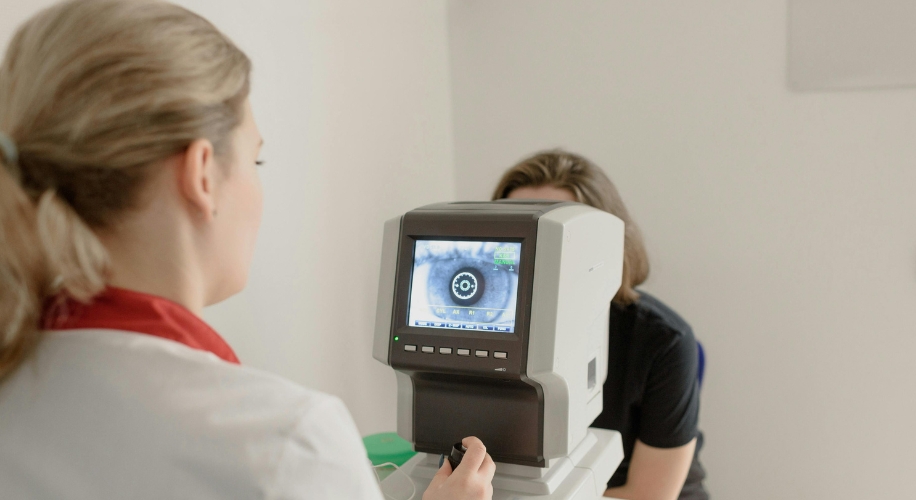Investigating the Causes of Astigmatism and Prevention Strategies
- BY Dr. Steven Liem
- IN Eye Health

Photo by Ksenia Chernaya
Astigmatism is a common vision condition that many people experience to varying degrees. It occurs when the cornea, the clear front surface of the eye, has an irregular shape, causing blurred vision at any distance. This can lead to discomfort and eye strain if not corrected or managed properly. Understanding the causes of astigmatism and exploring preventive measures is imperative for maintaining good eye health.
Understanding Astigmatism
At its core, astigmatism is a refractive error similar to nearsightedness or farsightedness, but it differs in that it’s primarily due to an uneven curvature of the cornea or, in some cases, the lens inside the eye. This irregular shape prevents light from focusing properly on the retina, which translates to visual distortion. The symptoms of astigmatism can include blurry vision, eye strain, headaches, and difficulty with night vision.
The causes of astigmatism can be varied; it can be hereditary or develop after an eye injury, surgery, or due to certain eye diseases. For those looking to understand more about this condition, our comprehensive guide on astigmatism offers a detailed explanation.
Preventive Measures and Management

Photo by Antoni Shkraba
While it’s not always possible to prevent astigmatism, there are strategies to manage its symptoms and maintain eye health. Here are some key practices to consider:
- Regular Eye Exams: Routine check-ups with an eye care professional can help detect astigmatism early on and monitor its progression. Early intervention can lead to better management and corrective measures.
- Corrective Eyewear: Prescription eyeglasses or contact lenses, specifically toric lenses designed for astigmatism, can significantly improve vision affected by the condition. They compensate for the irregular shape of the cornea, assisting in focusing light properly.
- Protective Measures: Using adequate protective eyewear during activities that may risk eye injury can prevent astigmatism from developing due to trauma to the eye.
- Eye Health Nutrients: Consuming a balanced diet rich in vitamins and nutrients, particularly those beneficial for eye health like Vitamin A, C, and E, along with zinc and lutein, can support overall ocular health.
Exploring Treatment Options
Treatment for astigmatism typically involves corrective lenses. Eyeglasses and contact lenses are the most common methods for correcting astigmatism and can be personalized to fit the specific needs of each individual. For those who prefer a more permanent solution, laser eye surgery is also an option. Procedures like LASIK or PRK reshape the cornea, correcting the refractive error caused by astigmatism. It’s essential to consult with an eye care provider to discuss the best treatment plan based on the severity of the astigmatism and the patient’s lifestyle.
While astigmatism is a common eye condition, it doesn’t have to impact one’s quality of life. Understanding the condition, staying vigilant about eye health, and exploring the variety of corrective options available can help manage astigmatism effectively. Whether it’s choosing the right prescription eyeglasses or considering surgery, taking proactive steps can lead to clearer vision and a more comfortable daily experience.
Nurturing your eyes doesn’t end with understanding and managing astigmatism. To explore a wide range of eyewear options that cater to different needs, including those with astigmatism, visit Zenni Optical for an assortment of affordable and stylish eyeglasses. Our commitment to providing high-quality, budget-friendly eyewear is matched only by our dedication to helping you take the best care of your vision.

